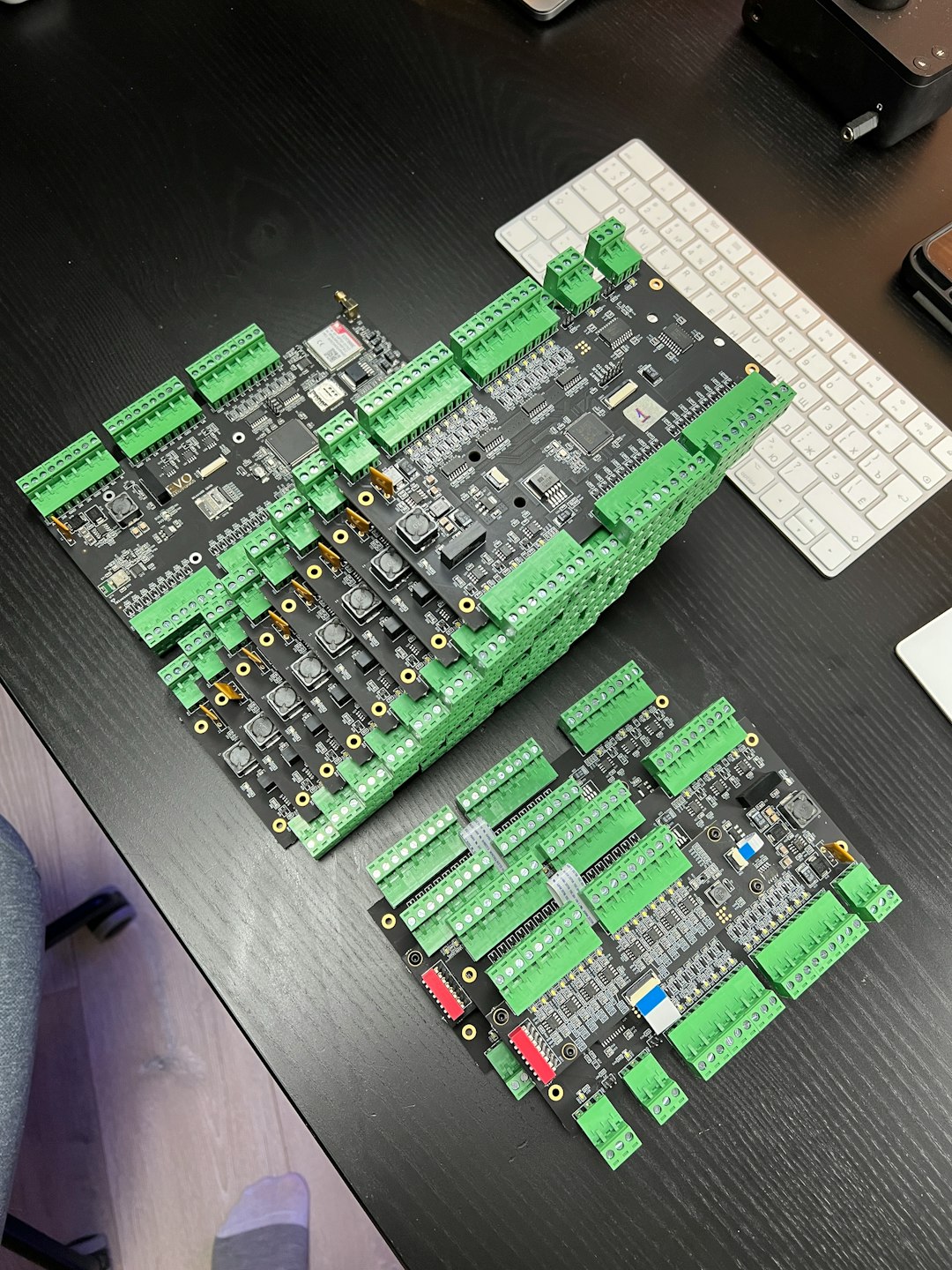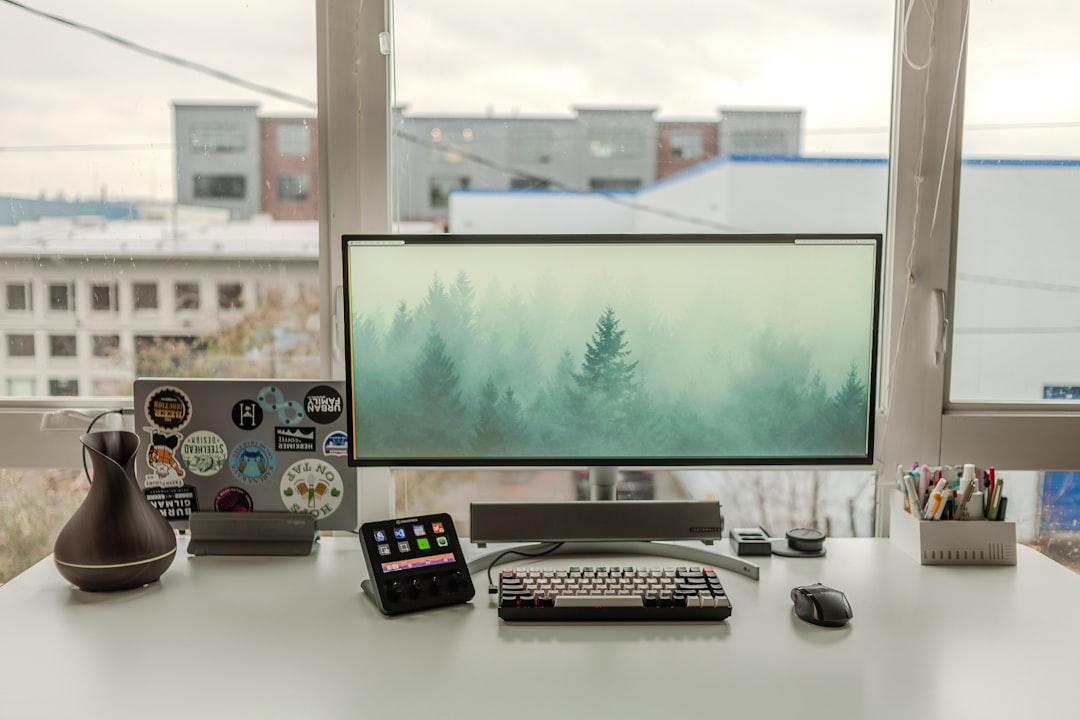Encountering a driver error such as “Gdrv2.sys Driver Cannot Load on This Device” can be frustrating, especially when it blocks essential system or software functionality. This error typically appears in systems running Gigabyte software utilities, such as EasyTune or App Center. It’s particularly common among Windows 10 and Windows 11 users who have recently installed updates or new security policies that restrict unsigned or potentially unsafe drivers.
Fortunately, resolving this issue doesn’t require an advanced understanding of system internals. With the right steps, you can quickly diagnose and restore the functionality of Gdrv2.sys. In this guide, we’ll walk you through the causes of this driver error and how to fix it effectively.
What Is Gdrv2.sys?
The Gdrv2.sys file is a system driver used by some Gigabyte motherboard utilities. Its primary role is to interface between Windows and the motherboard hardware, enabling features like fan control, overclocking tools, and power management settings. Since it works at a low hardware-interfacing level, modern versions of Windows apply stricter security checks when loading such drivers, which may result in a failure to load Gdrv2.sys if it doesn’t meet compliance standards.

Common Causes of the Error
Understanding why this driver fails to load is the first step in fixing it. Some of the most frequent causes include:
- Driver Signature Issues: Windows requires drivers to be digitally signed for security reasons. If the Gdrv2.sys file is unsigned or has an invalid signature, it will be blocked.
- Outdated Gigabyte Software: Legacy utilities may not be compatible with the newest Windows builds, triggering driver compatibility issues.
- Group Policy Restrictions: On some systems, particularly in enterprise settings, IT administrators may enforce policies that block low-level unsigned drivers.
- Third-Party Interference: Antivirus or system protection software may flag Gdrv2.sys as unsafe, especially due to its low-level access to hardware.
How to Fix the Gdrv2.sys Driver Load Error
Follow the steps below to troubleshoot and solve the problem effectively:
1. Check Windows Security Notifications
First, ensure that the driver isn’t being blocked directly by Windows Security components:
- Press Windows + I to open Settings.
- Navigate to Update & Security > Windows Security > Device Security.
- Click on Core Isolation or Memory Integrity.
- If Memory Integrity has blocked the Gdrv2.sys driver, you’ll see a notice. You can either disable Memory Integrity temporarily or update the driver (recommend).
2. Update All Gigabyte Utilities
Old versions of Gigabyte software often rely on outdated drivers. Updating the utilities ensures compatibility with current Windows policies:
- Go to the official Gigabyte Support Website.
- Enter your motherboard model and download the latest versions of App Center, EasyTune, or any other related tools.
- Uninstall the current versions from Control Panel > Programs and Features.
- Install the updated tools with administrator privileges.

3. Remove or Replace the Faulty Driver
If the problem persists, consider manually removing and reinstalling the Gdrv2.sys driver:
- Press Windows + R, type
cmd, and run as administrator. - List current drivers by typing:
sc query gdrv2 - If it’s listed, stop the service with:
sc stop gdrv2 - Delete the driver file manually: Navigate to
C:\Windows\System32\driversand delete the gdrv2.sys file. - Reinstall updated Gigabyte software, which will install a new signed version of the driver.
4. Disable Driver Signature Enforcement (Temporary Fix)
If you urgently need to use the software but can’t wait for signed drivers, you can temporarily disable Windows’ driver signature feature:
- Press Windows + I > Update & Security > Recovery.
- Under Advanced startup, click Restart now.
- Once in recovery mode, navigate to: Troubleshoot > Advanced options > Startup Settings.
- Press F7 to select “Disable driver signature enforcement”.
Note: This workaround will only last until your next reboot, and it’s not recommended as a permanent solution.
5. Group Policy or Registry Fix (Advanced)
For advanced users or systems managed by group policies, you can try editing Group Policy or the registry to allow the driver to load:
- Open Group Policy Editor by running
gpedit.msc. - Navigate to: Computer Configuration > Administrative Templates > System > Device Installation > Device Installation Restrictions.
- Ensure policies that block unsigned drivers are either Not Configured or Disabled.
Alternatively, use the Registry Editor:
- Open
regeditand navigate to:HKEY_LOCAL_MACHINE\SYSTEM\CurrentControlSet\Services\gdrv2 - Ensure that the Start DWORD is set to
1(Manual) or2(Automatic), depending on your preference.
Safety Note: Is Gdrv2.sys Safe?
In most legitimate use cases, Gdrv2.sys is a harmless driver installed by Gigabyte software. However, there have been reported vulnerabilities over the years involving this file. Some cybersecurity researchers have warned that misconfigured or outdated versions of the driver could be exploited to gain unauthorized kernel access.
Make sure to:
- Only download drivers from official Gigabyte sources.
- Keep your software and firmware updated.
- Use antivirus tools to periodically scan your system for any abnormalities.
Should You Remove the Driver Completely?
If you no longer use any Gigabyte desktop tools or overclocking utilities, you might consider uninstalling them entirely. This would also remove associated drivers like Gdrv2.sys. This avoids potential compatibility and security issues in the future.
Keep in mind that this may disable certain advanced motherboard features (like smart fan controls), so evaluate whether those tools are essential for your setup.
Final Thoughts
The “Gdrv2.sys cannot load” error is solvable with a structured approach. It’s mainly caused by increased enforcement of driver signature rules on modern builds of Windows. By updating Gigabyte software, checking system settings, and (if necessary) tweaking advanced configurations, you can bring your utility back to full functionality.
While Gigabyte offers some excellent motherboard utilities, be mindful of the role that system-level drivers play — and how evolving Windows security policies can impact them. Staying updated and informed helps you get the most out of your hardware without running into reliability or security concerns.

